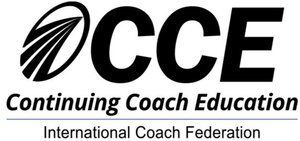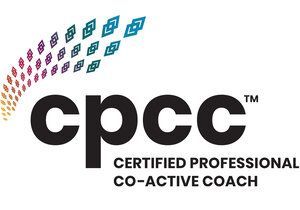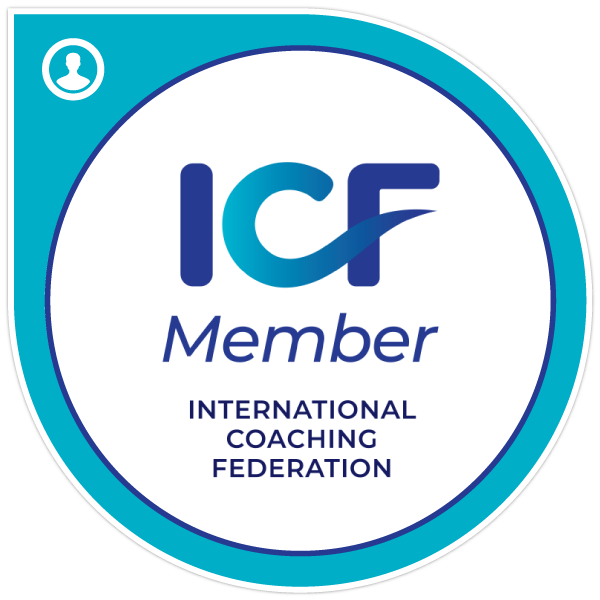Finding a Therapist Who Truly Understands: The Power of Relatability in Therapy

At 17, one of my teachers told me I was dyslexic and that I needed to “work extra hard” to succeed. At 33, an educational psychologist officially diagnosed me with broad dyslexia (Reading Comprehension Impairment) and visual-spatial reasoning difficulties. However, the true turning point in my journey came at 37 when I was diagnosed with ADHD. It was a moment of clarity that reframed decades of self-doubt and burnout.
Burnout and the Breaking Point
The tipping point came when I experienced severe burnout at work. I’ve always taken immense pride in my career, pouring my passion into creating opportunities and fostering growth for others. As an HR professional working for one of the most purposeful organizations, I was determined to give my best. But no matter how hard I worked, I couldn’t shake the relentless feeling that I was falling short or that I wasn’t good enough.This internal battle slowly eroded my confidence until I found myself doubting my ability to perform even the simplest tasks. It felt like the harder I tried, the further behind I fell.
The burnout, however, wasn’t just about work. It was the culmination of years of unprocessed emotions, cultural pressures, and the invisible toll of undiagnosed ADHD. For so long, I had been carrying an emotional and mental weight that I didn’t even realize was there. I was trying to meet impossible standards, juggling conflicting cultural expectations, and masking my struggles -including myself - would see how overwhelmed I truly was.
Growing up as a Japanese woman, the cultural pressure to conform was ever-present. The phrase “the nail that sticks out gets hammered” (出る釘は打たれる) loomed large in my life, discouraging individuality and emphasizing the importance of fitting in. This cultural backdrop made navigating hidden disabilities like dyslexia, ADHD, and autism particularly isolating. In many Asian communities, neurodivergence is often misunderstood or seen as something to be “fixed.” Statements like “you just need to work harder” or dismissals of struggles as “bad parenting” are common and contribute to the stigma surrounding mental health. These deep-seated beliefs made seeking support feel daunting and, at times, even shameful.
Meeting Mia: The Power of Relatability in Therapy
In the depths of my burnout, I reached out to Dr. Glenn Graves, my former therapist in Singapore, who referred me to Mia Makino, a Japanese American therapist. From our very first session, I felt an immediate connection with Mia. She didn’t just listen; she truly understood. She recognized the cultural nuances of being Japanese and bicultural, as well as the complexities of navigating the duality between two distinct cultural frameworks.
I did not expect how transformative this sense of relatability would be. Mia’s unique perspective allowed her to address not only the symptoms of my ADHD and burnout but also the deeply rooted cultural stigmas and self-doubt that has been holding me back for so long. Through Cognitive Behavioral Therapy (CBT), she helped me unpack years of internalized shame and perfectionism - traits so often reinforced by societal expectations in Japan.
Mia’s approach to therapy wasn’t just about the symptoms; it was about empowering me to embrace who I am. She helped me see that my ADHD and dyslexia were not weaknesses but parts of me that could be understood, managed, and even celebrated. Her guidance gave me permission to stop fighting so hard to fit into a mold that was never meant for me.
Sharing My Story to Empower Others
Seeking therapy and working with someone who truly understood both my neurodivergence and my cultural identity was one of the most pivotal decisions of my life. It gave me the tools to heal, the courage to embrace my authentic self, and the clarity to redefine my path.
By sharing my story, I hope to encourage others to seek support and break free from the stigma surrounding mental health and neurodivergence. Diagnoses like ADHD are not limitations; they are opportunities to better understand ourselves and to create lives that align with our strengths and needs.
For anyone navigating similar challenges—whether cultural, neurodivergent, or both—know that you are not alone. The right support, whether through therapy, coaching, or community, can make a world of difference. And remember, the journey toward self-compassion begins with the courage to embrace who you are, unapologetically and wholeheartedly.
A New Chapter: From Healing to Advocacy
Thanks to Mia’s support, I’m now transitioning into a new chapter of my life. I’m designing training programs and workshops for HR professionals and leaders in Asia to help break the stigma surrounding neurodivergence. My mission is to create workplaces that are inclusive, supportive, and free from discrimination—environments where people can thrive regardless of their differences.
I’m also pursuing certifications as an ADHD and executive coach to support individuals who may feel isolated or misunderstood. I want to be an advocate for those struggling in silence, helping them find their voice, their confidence, and their potential.
For so long, I believed that being the “nail that sticks out” was a flaw. But now, I see it as a strength. Every challenge I’ve faced has brought me closer to understanding who I am. And in that understanding, I’ve found not only healing but also purpose—the opportunity to help others embrace their own journeys and create a world where the invisible becomes invincible.
Satomi Ogata










